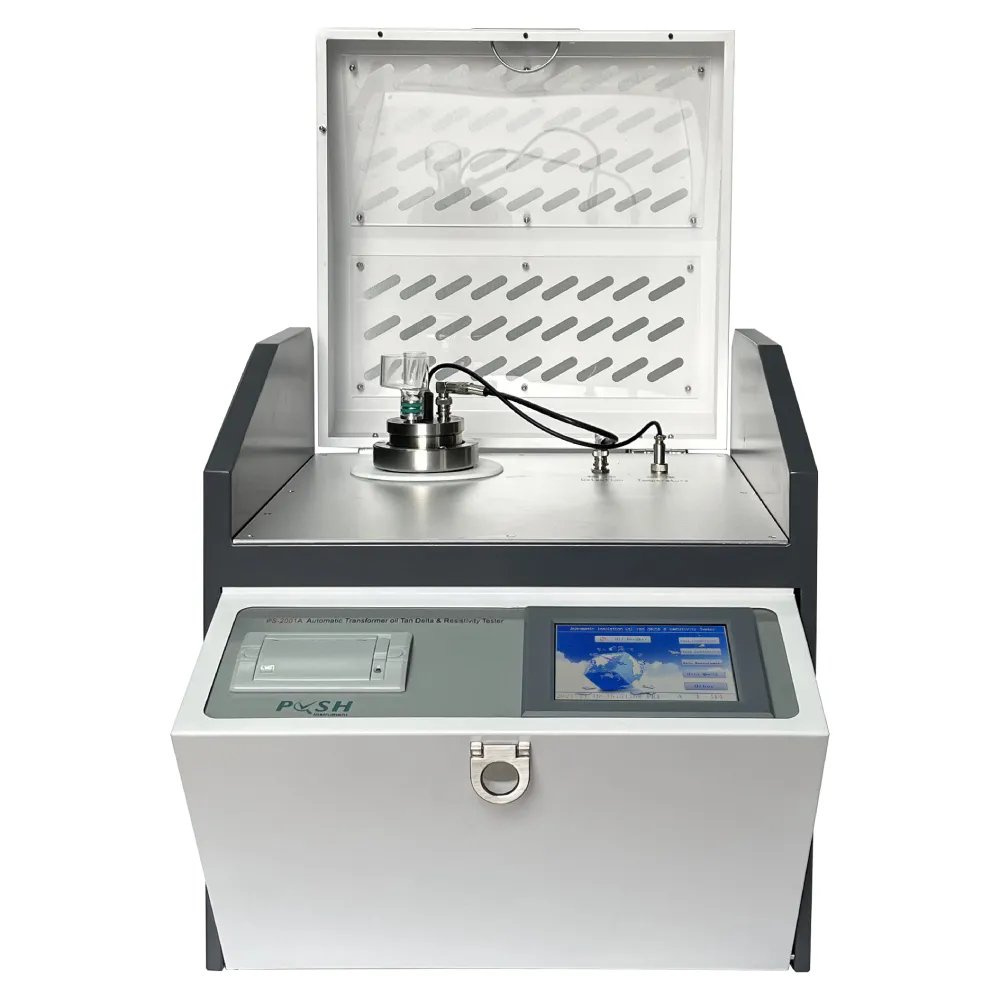 English
English


3 phase power analyzers
Understanding 3-Phase Power Analyzers
In the realm of electrical engineering and power systems, 3-phase power analyzers are essential tools for measuring and analyzing the power in 3-phase electrical systems. These systems are widely used in industrial and commercial applications due to their efficiency and reliability compared to single-phase systems. Understanding how 3-phase power analyzers work and their significance can offer deeper insights into power management.
Understanding 3-Phase Power Analyzers
3-phase power analyzers can measure several electrical parameters, including active power (real power), reactive power, apparent power, voltage, current, power factor, and frequency. The active power represents the actual power consumed by the load to perform useful work, while reactive power indicates the power that oscillates between the source and reactive components like inductors and capacitors. Apparent power is the product of the current and voltage in the circuit, and the power factor is a ratio that reflects the efficiency of the electrical system.
3 phase power analyzers

These analyzers often utilize various measurement methods, notably the three-wattmeter method—a reliable approach for calculating power in a 3-phase system. In this method, three wattmeters are connected to measure the power in each phase, allowing engineers and technicians to calculate total power by summing the readings.
One of the critical advantages of using a 3-phase power analyzer is the capability to monitor system performance over time. By collecting data and analyzing trends, professionals can identify potential issues such as imbalances, harmonics, and inefficiencies in the electrical network. This proactive approach helps to minimize downtime, reduce maintenance costs, and enhance the overall reliability of electrical systems.
Modern 3-phase power analyzers come equipped with advanced features, such as digital displays, communication interfaces for connectivity (e.g., USB, Ethernet), and the capability to store and analyze data. These features allow for real-time monitoring and control, making it easier for engineers to implement power quality solutions effectively.
In conclusion, 3-phase power analyzers are indispensable tools in the maintenance and management of 3-phase electrical systems. Their ability to measure and analyze vital electrical parameters ensures that systems operate efficiently and reliably. As industries continue to evolve and become more reliant on sophisticated electrical systems, the importance of 3-phase power analyzers will only grow, making them an integral part of modern electrical engineering practice. Understanding and utilizing these tools is essential for optimizing performance and ensuring safety in electrical installations.
-
Differences between open cup flash point tester and closed cup flash point testerNewsOct.31,2024
-
The Reliable Load Tap ChangerNewsOct.23,2024
-
The Essential Guide to Hipot TestersNewsOct.23,2024
-
The Digital Insulation TesterNewsOct.23,2024
-
The Best Earth Loop Impedance Tester for SaleNewsOct.23,2024
-
Tan Delta Tester--The Essential Tool for Electrical Insulation TestingNewsOct.23,2024





